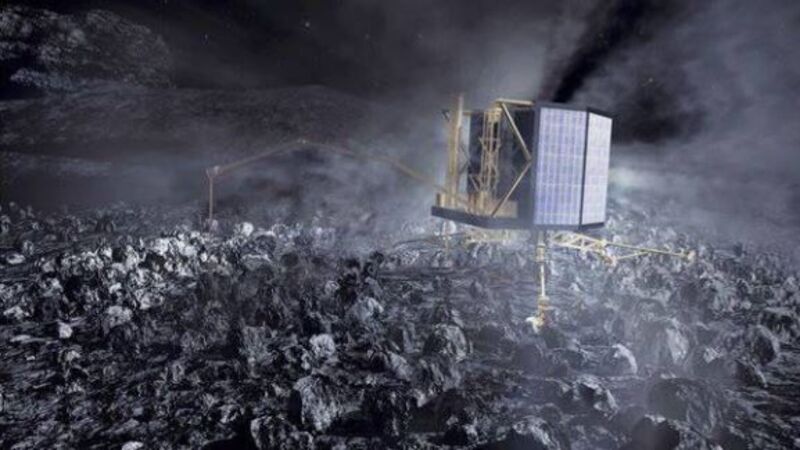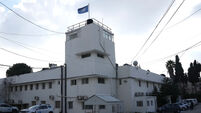Comet probe on cusp of history

It blasted off more than 10 years ago, and the input of two Irish companies is critical to it achieving its objective of landing on comet 67P/Churyumov–Gerasimenko.
Captec in Malahide, Dublin, developed the support system software that allows Rosetta communicate with Philae, the comet lander, while Space Technology Ireland at Maynooth University built the hardware unit that will handle data returning from the lander.














